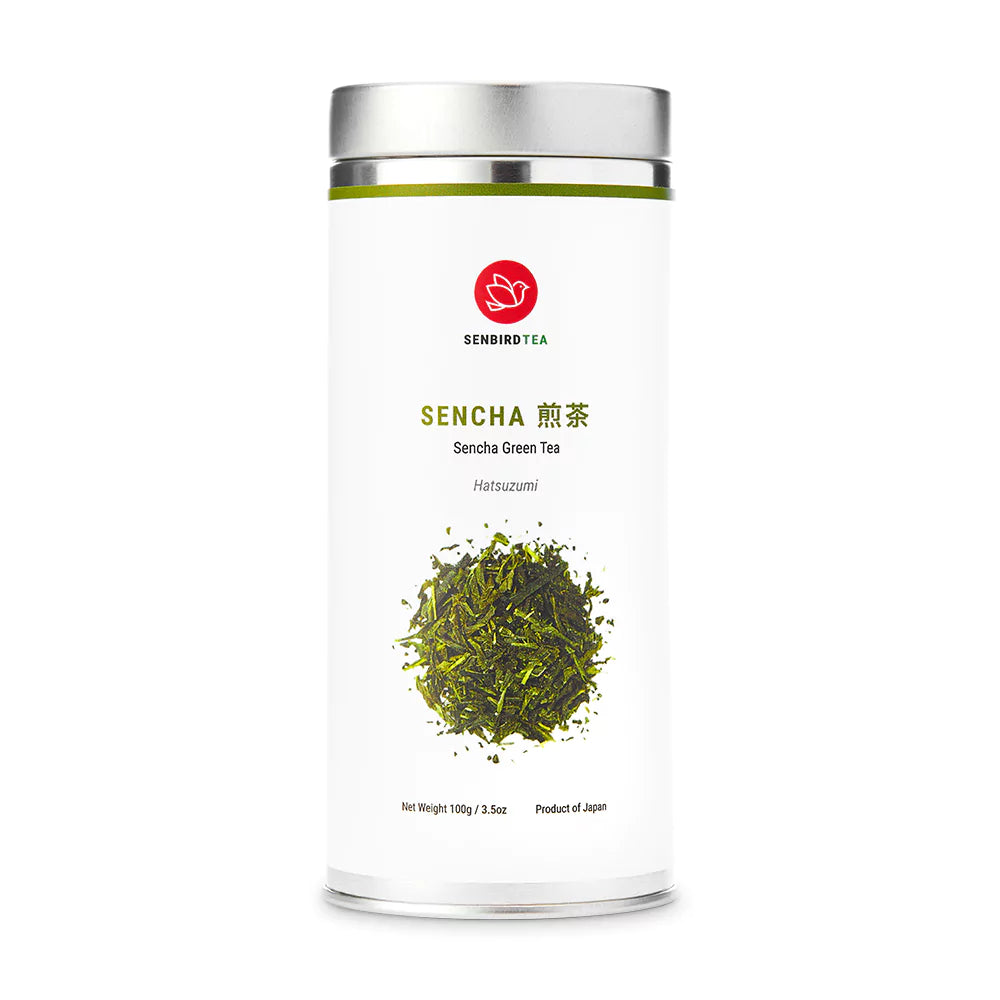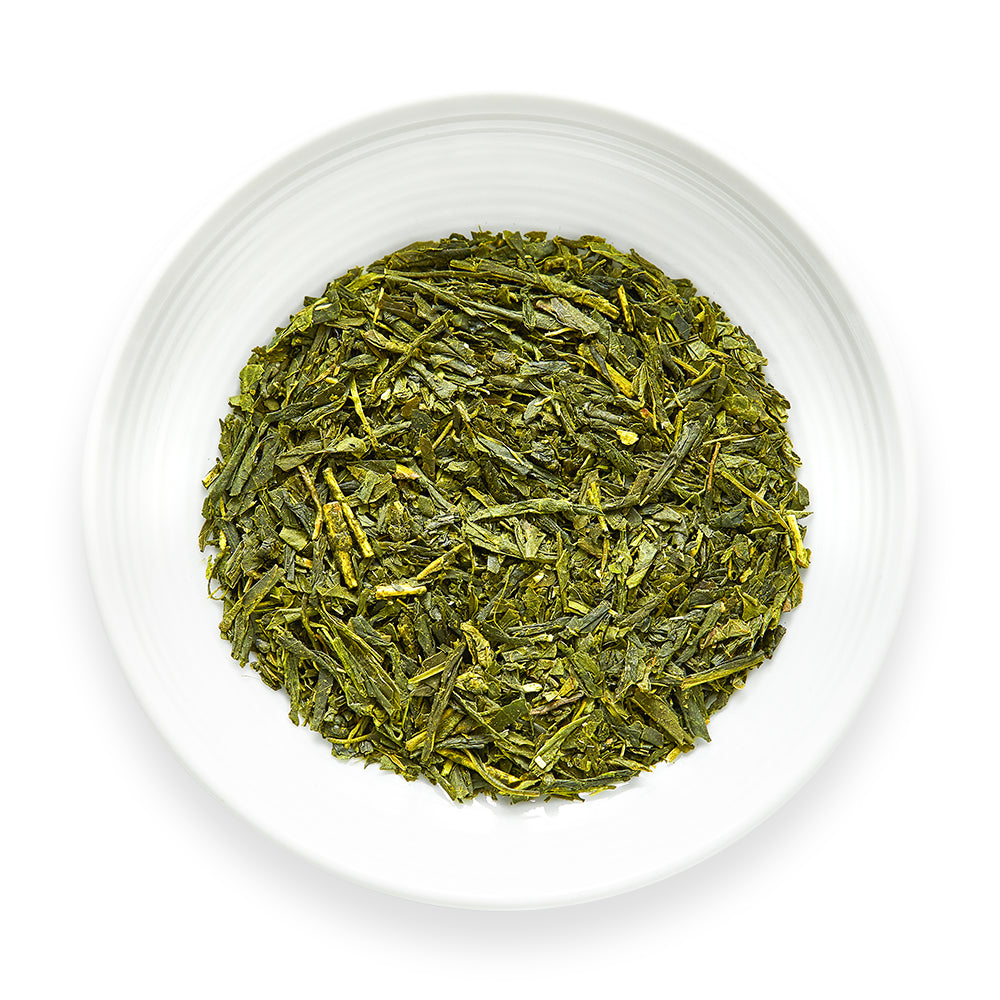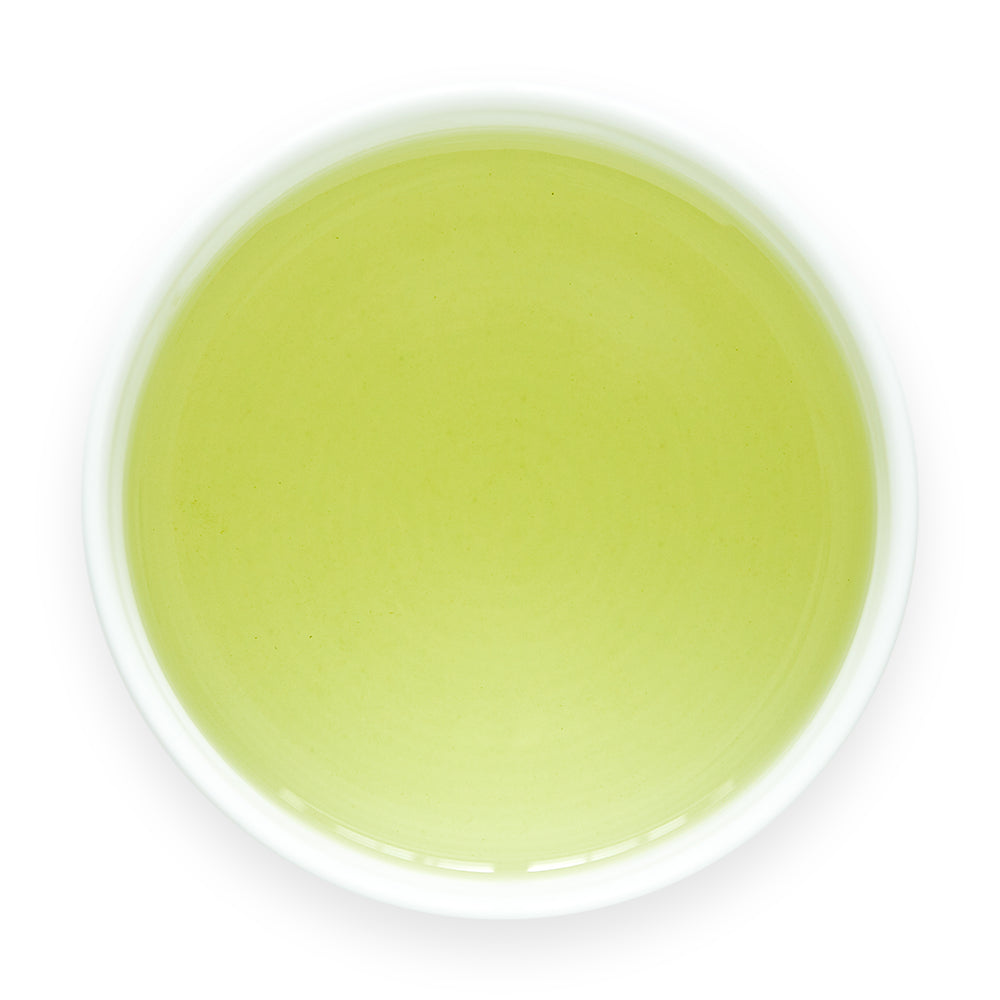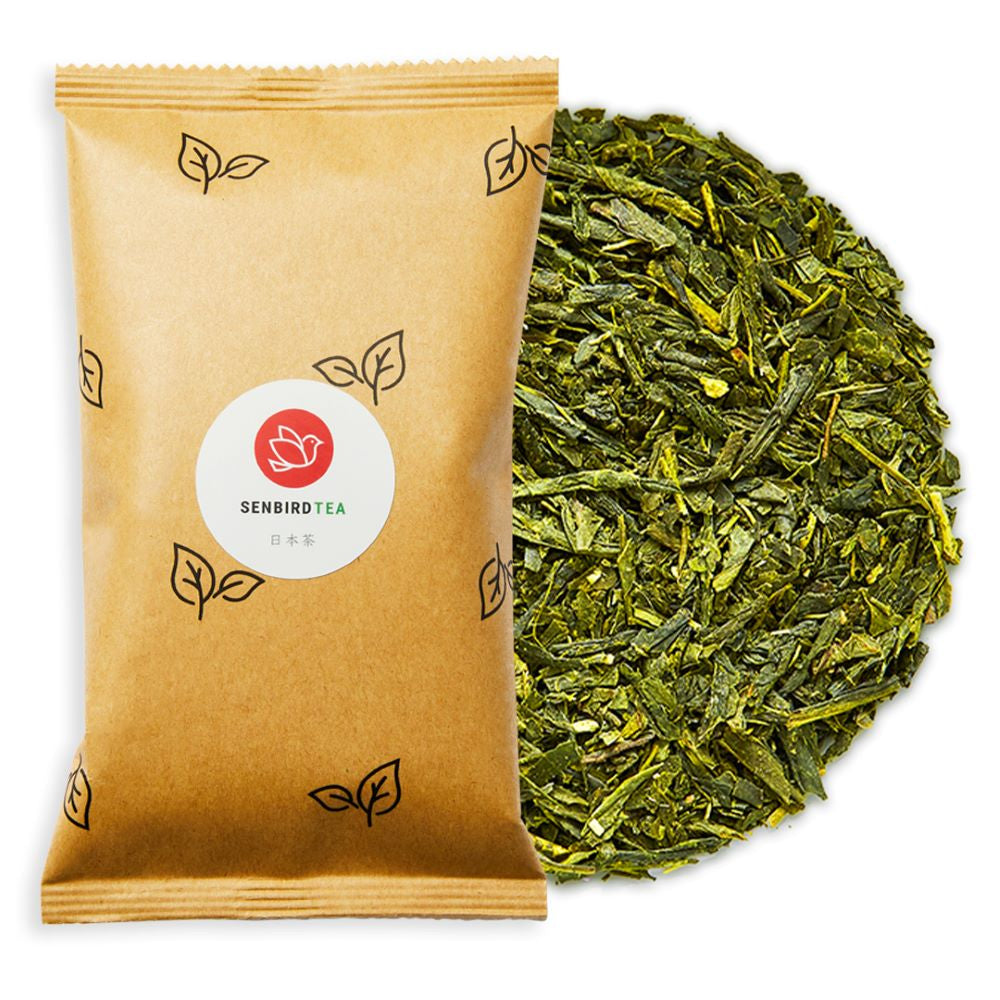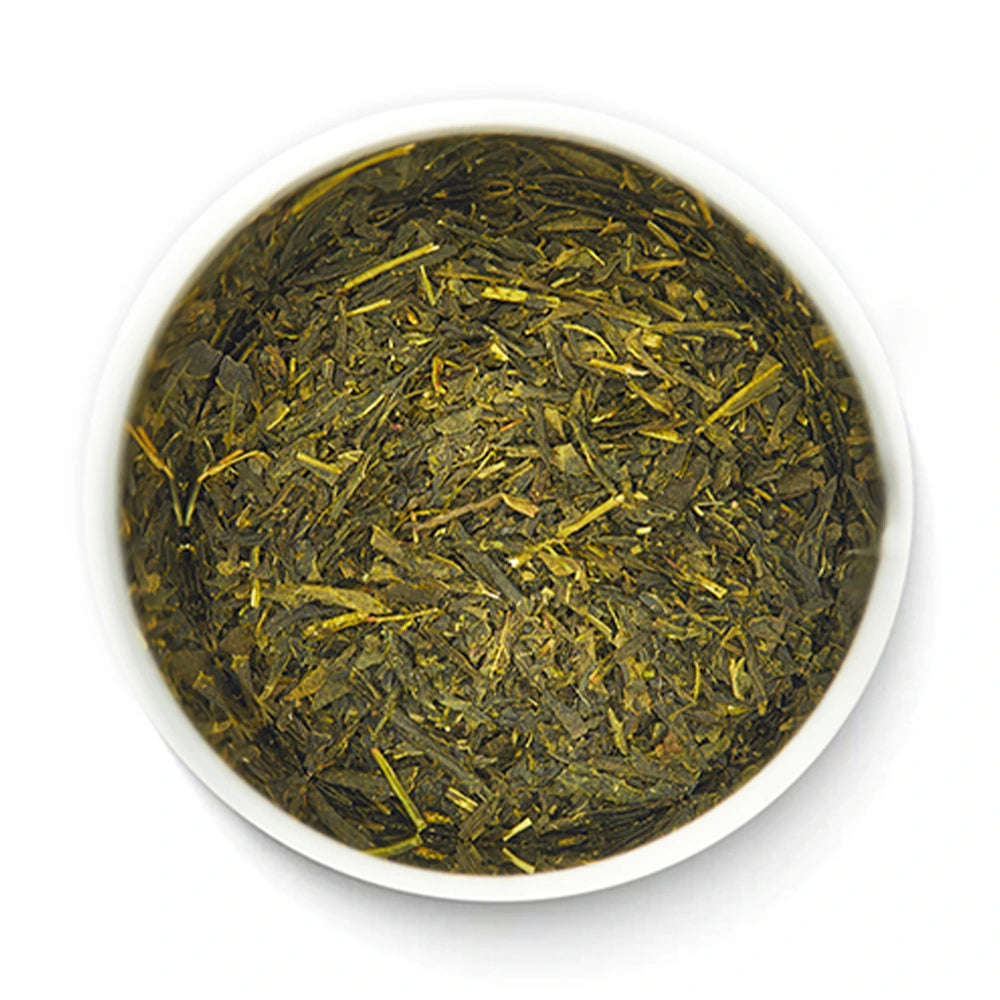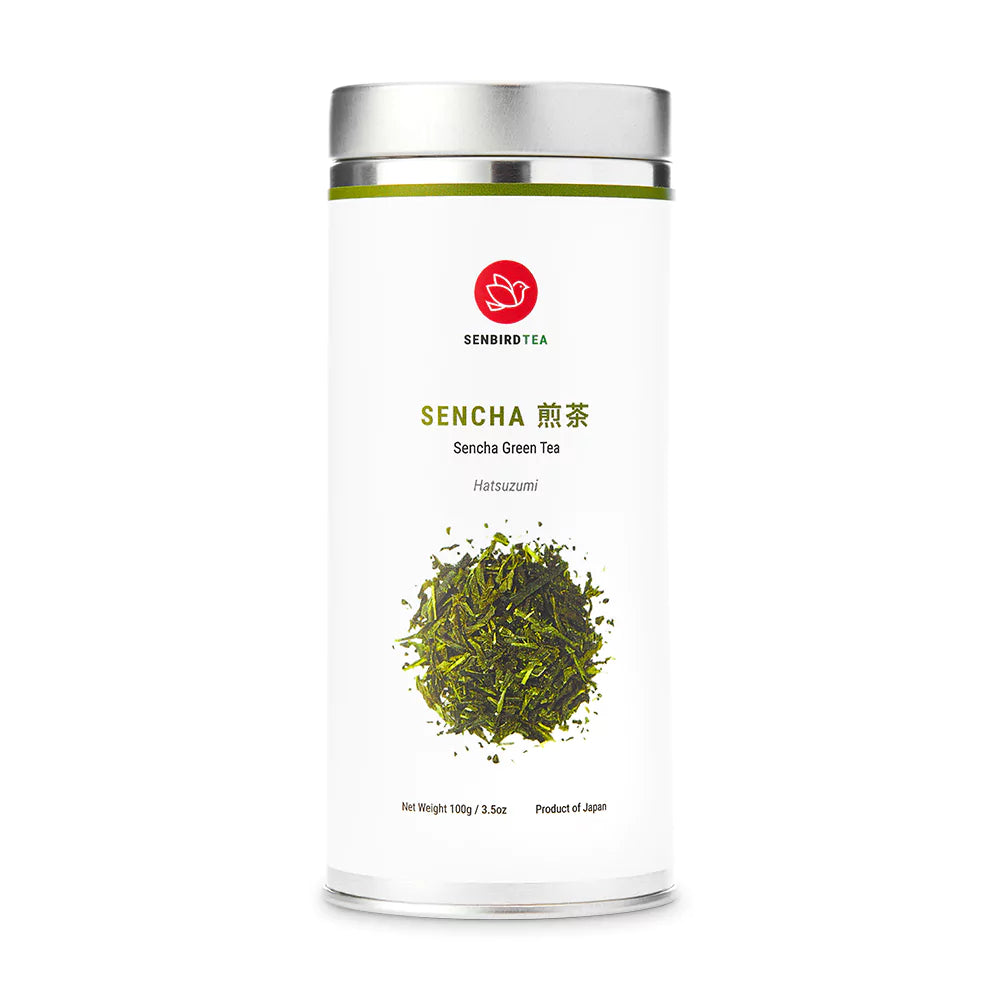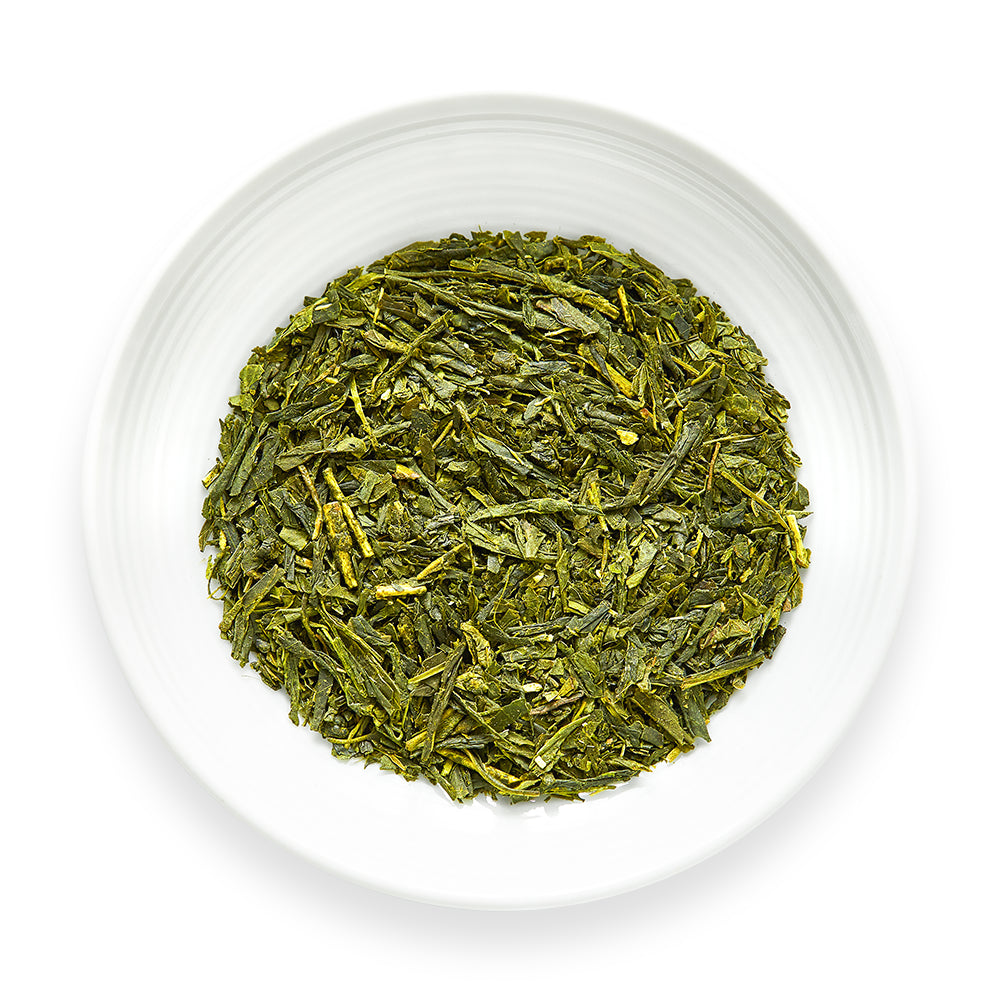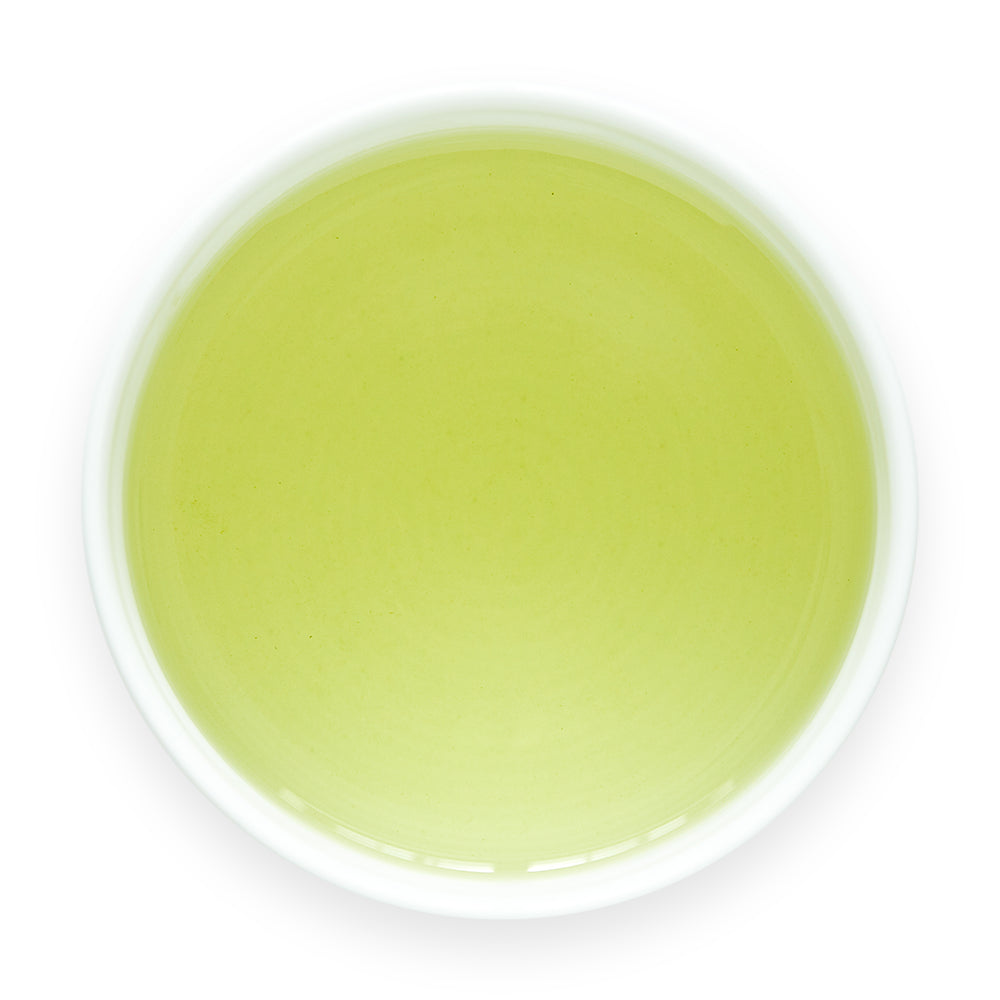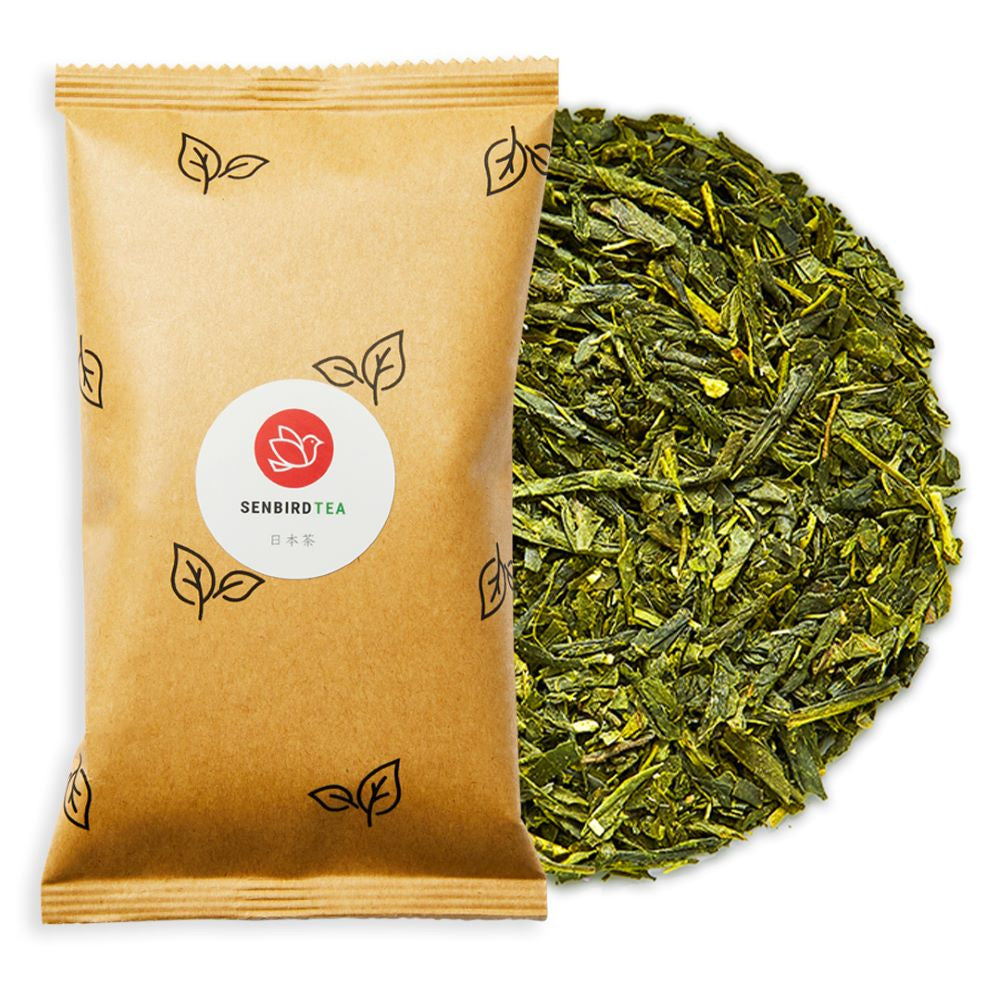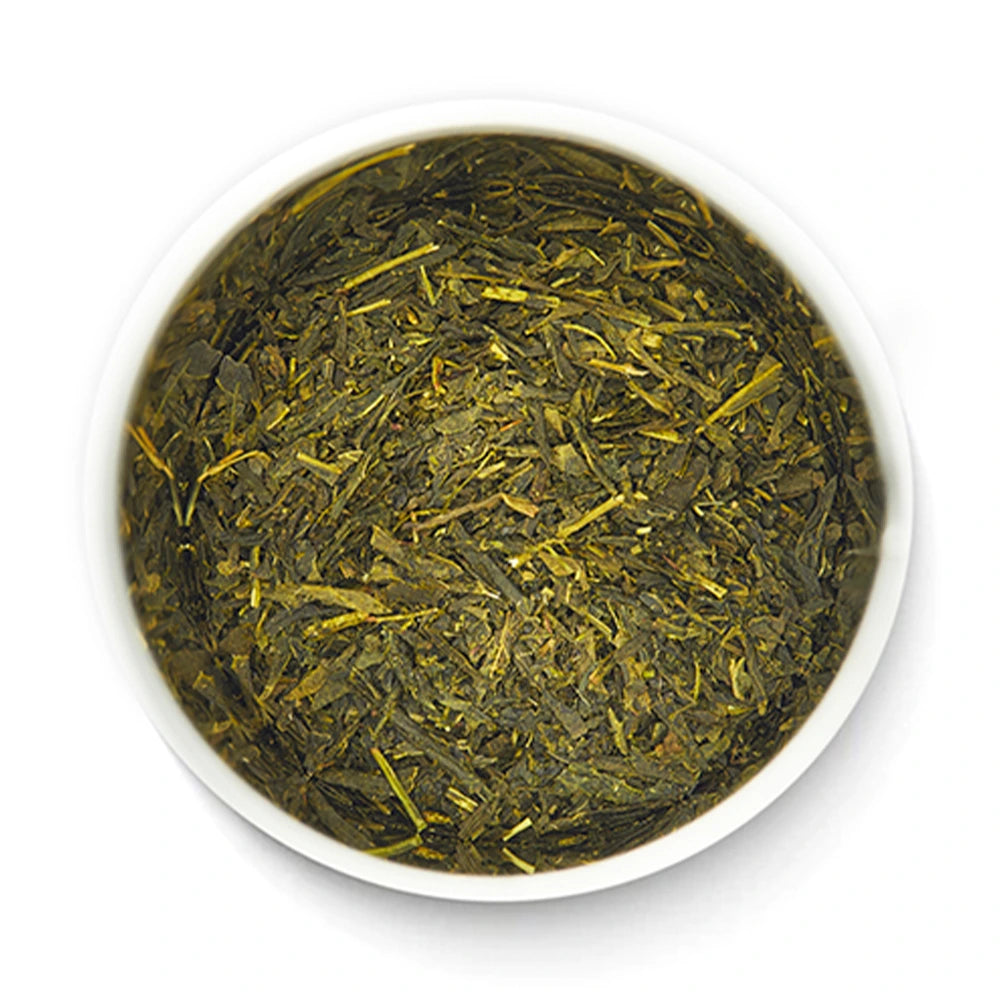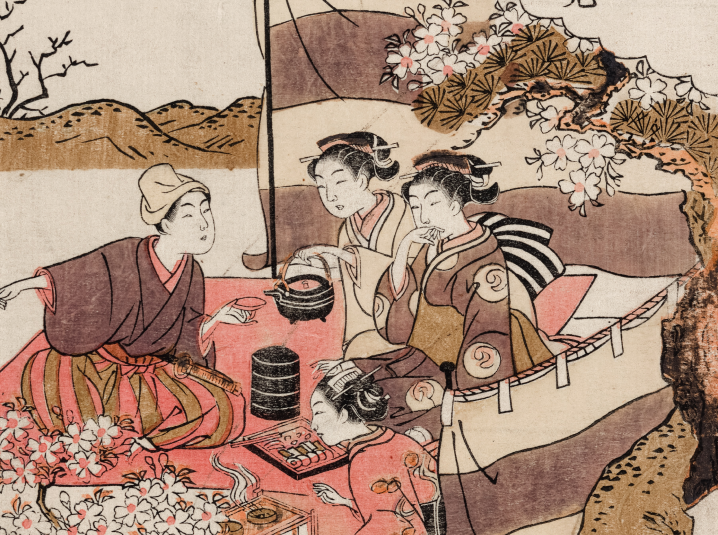
The Origin of The Word "Tea"
Have you ever wondered where the word "tea" comes from? While English speakers commonly use "tea," different cultures around the world have their own unique names for this beloved beverage. The tea word origin is deeply connected to trade routes and linguistic evolution, shaping the way we refer to tea today. In this article, we’ll take a journey through history to uncover how the word "tea" originated and evolved across different languages and regions.
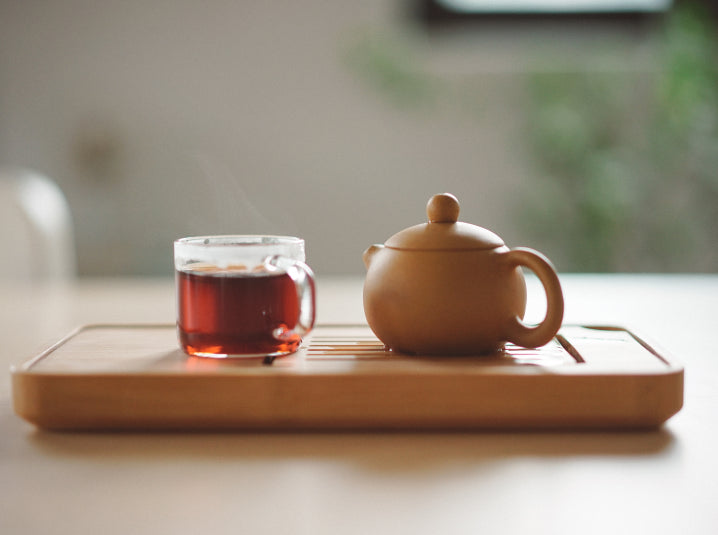
The Origin of the Word "Tea" in China
The character for "Dha" was used until the Chinese character for "tea" was established after the Middle Tang Dynasty. The Buddhist scriptures also applied the character "Dha" to the phonetic transcriptions of "Dha" (e.g., Gundari, Mandala, and Dove Vandala).
As tea spread from the Yunnan area of its origin to Sichuan and Jiangnan in the Yangtze River basin, people presumed the use of the character "Dha" for words with pronunciations such as da came into existence. Historical accounts attribute the writing of the "Tea Sutra" to Lu Yu of the Tang Dynasty, leading to the widespread adoption of using one less stroke to distinguish the word "da."
The "Tea Sutra" lists five kinds of names, including "tea," "Ka," "Setsu," "Mei," and "Sen," and uses more than 10 different characters in the book, including "tea," "mei," and "sen." Modern Chinese still uses "茗" to describe tea.

The Origin of The Word "Tea" in Various Languages
The origins of the name "tea" in the world are of the "cha" and "teh" lineage. In Northern Chinese and Cantonese, people call tea "cha" (cha). In Mongolian, Uyghur, Hindi, Turkish, Persian, Russian, and other languages, they use a sound similar to "chai," which is believed to have originated from China, but it is unclear how the "y" was added. The Persian and Hindi dictionaries list both chā and chāi entries in the Persian and Hindi dictionaries.
Examples of languages with names derived from "chā" include the following:
- Chinese: chá
- Tibetan: cha
- Japanese: cha
- Korean: 차 (cha)
- Vietnamese: trà
- Thai: ชา (chaa)
- Tagalog: tsa
- Mongolian: цай (tsai)
- Hindi: चाय (cāe)
- Persian: چای (chāy)
- Turkish: çay
- Arabic: شاي (shāy)
- Swahili: chai
- Greek: τσάι (tsai)
- Romanian: ceai
- Bulgarian: чай (chai)
- Serbian: чај (čaj)
- Czech: čaj
- Russian: чай (chai)
In contrast, many Western European countries use the tê system of pronunciation. The Dutch spread it to Europe, bringing tea from China in the 17th century. According to Chen Shun-sin, the Thirteen Groups of Cantonese, the patent traders of Gwangju who were allowed to trade from the mid-Qing dynasty, many of them were from Xiamen, Fujian, and they called themselves tê in their own mother tongue, but they usually entered Malay from Fujian, and Dutch is thought to have borrowed from Malay.
Languages in this family include:
- Dutch: thee
- English: tea
- German: Tee
- Hungarian: tea
- Hebrew: תה (te)
- French: thé
- Spanish: té
- Italian: tè
- Scandinavian: te
- Finnish: tee
- Indonesian & Malay: teh (borrowed via trade history with the Netherlands)
One exception in Western Europe is Portuguese, which historically imported tea directly from Macao (a Cantonese-speaking region), so it follows the "cha" pronunciation instead of "teh." In Portuguese, tea is called chá—the same as in Guangdong province, China.
The Origin of the Word "Tea" in Japan
Japanese tea terminology has evolved through multiple linguistic influences, incorporating Wu, Han, and Tang pronunciations. Early records from the Han and Tang dynasties show the pronunciation "cha" appearing in historical texts like the Colored Leaf Script Book from the Insei period.
Ancient Japanese writing initially used "Chi-tsu" without breaking the sound, later adapting it to "cha" while some regions pronounced it as "tae-ya." In modern Korean, similar linguistic influences exist, where both "ta" and "cha" are used, though "cha" is specifically reserved for tea as a plant or beverage.

The word "tea" has traveled across cultures and continents, shaped by trade and history. Whether you call it "cha", "chai", or "tea", its global presence speaks to the rich tradition and appreciation of this beloved beverage.
Want to dive deeper into tea’s fascinating journey? Read Where Tea Originated: A Brief History of Tea in China, Japan, and the West for a closer look at tea’s origins and influence across the world.
If you want to read more articles on tea culture, check them out here:
- Where Tea Originated: A Brief History of Tea in China, Japan and the West
- How to Meditate with Tea
- How to Practice Mindfulness with Tea
- A Green Tea Lover's Paradise: Shizuoka, Japan
- Shizuoka's Secret: The Best Green Tea in Japan
- 3 Traditional Japanese Tea Houses To Visit in Kyoto
- The Best Gift Guide for Japanese Tea Lovers
- Ultimate Guide to Japanese Green Tea


